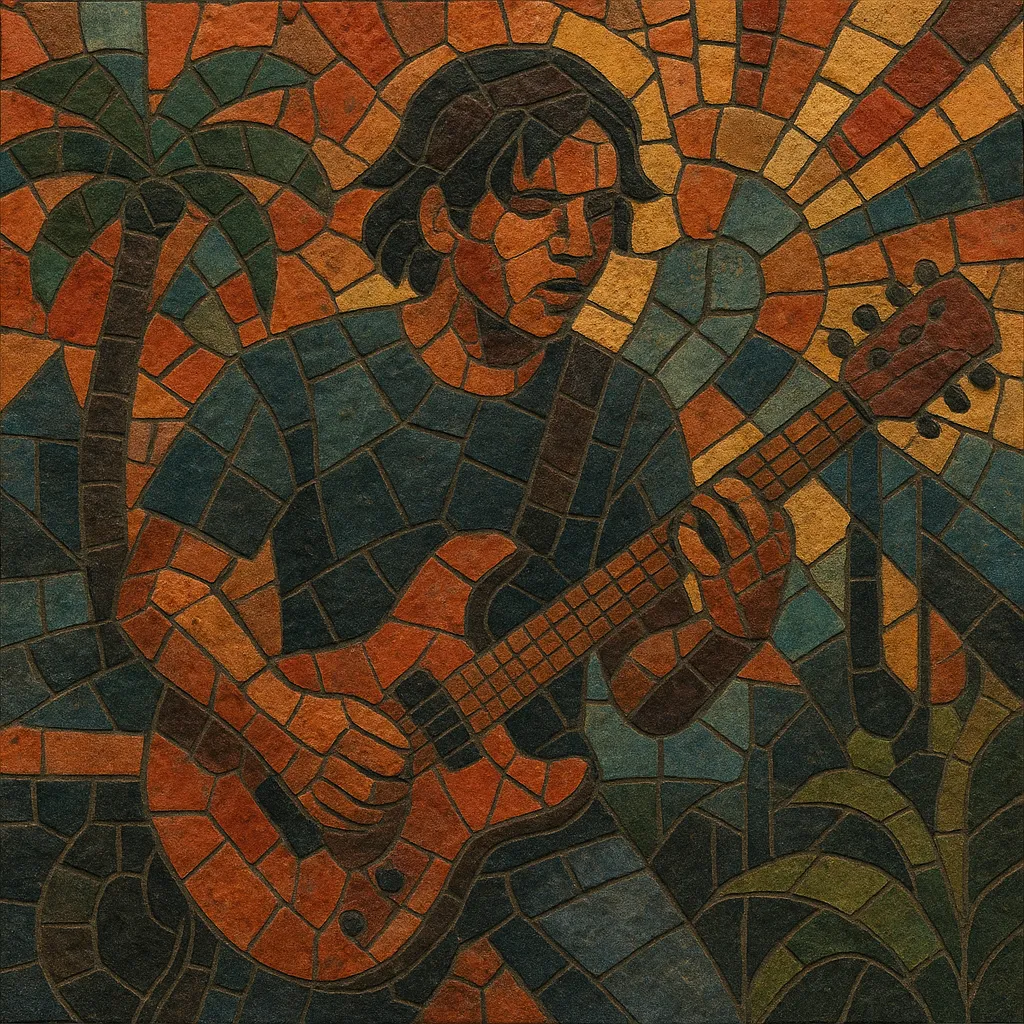Bisrock (short for "Bisaya rock") is a regional movement of Philippine rock defined by the use of Visayan languages—especially Cebuano—instead of Tagalog or English. It marries the sound of Pinoy alternative and punk-influenced rock with lyrics that foreground Visayan identity, humor, and everyday storytelling.
The style is typically guitar-driven, energetic, and crowd-ready, but it ranges from punky, rough-edged tracks to melodic mid‑tempo anthems and even reggae/ska-inflected pieces within the same scene. What unifies it is the commitment to native language and regional culture, which helped normalize non‑Tagalog rock on national airwaves and digital platforms.
Bisrock emerged in Cebu City in the early 2000s, when local rock bands began writing and performing in Cebuano (Bisaya) as a deliberate cultural stance. Inspired by the long tradition of Pinoy rock but driven by regional pride, groups like Missing Filemon helped prove that rock sung in Visayan languages could connect powerfully with audiences.
By the mid-2000s, club gigs, college festivals, and local radio support coalesced into a recognizable movement. Compilation CDs, scene promoters, and grassroots media coverage amplified Bisrock’s visibility. Bands mixed the sonics of alternative rock, punk, and occasionally reggae/ska, but the defining hallmark was Cebuano lyrics—topical, witty, and rooted in local life.
The scene’s momentum spread across the Visayas and Mindanao, encouraging bands in other Visayan languages (e.g., Hiligaynon, Waray) to embrace mother-tongue rock. While national mainstream charts were still dominated by Tagalog/English, Bisrock carved out significant regional popularity and online followings, helping normalize non‑Tagalog rock on broader Philippine stages.
In the 2010s, the language-forward ethos helped pave the way for newer Visayan-language songwriting movements and indie acts. Even as production aesthetics diversified, Bisrock’s core legacy—rock performed proudly in Visayan languages—remains a reference point for artists seeking cultural grounding alongside contemporary rock sensibilities.


